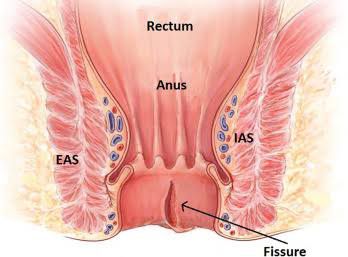⭐⭐ HYPERTENSION ⭐⭐

⭐⭐ HYPERTENSION ⭐⭐ 1) DEFINITION OF HYPERTENSION :- Blood pressure that is higher than normal is known as Hypertension. ⭐⭐⭐⭐⭐⭐ 2) CRITERIA OF HYPERTENSION :- (a) Above 60 years - There is hypertension if Systolic BP > 150 mm Hg Diastolic BP > 90 mm Hg (b) Below 60 years - There is hypertension if Systolic BP > 140 mm Hg Diastolic BP > 90 mm Hg (c) Above 18 years with diabetes or Chronic Kidney Disease - There is hypertension if Systolic BP > 140 mm Hg Diastolic BP > 90 mm Hg ⭐ White coat hypertension - BP rises in hospital. Take readings at home. (Occurs due to anxiety & increased sympathetic response in hospital) ⭐ Isolated ambulatory or masked hypertension - BP is normal at hospital but more at home. Such patients have risk of organ damage. ⭐ Paradoxical hypertension - Paradoxical rise of BP in patients taking antihypertensive drugs. In patients with diabe


